Navigating the world of food and water regulation in the U.S. isn’t as straightforward as it should be. Behind the glossy marketing and pristine labels, there are hidden truths about the systems that govern what we consume. From dubious policies to corporate influence, the world of regulation is often more murky than you might expect. Here’s a look at the things they don’t want you to know.
1. The FDA Is Behind The Times
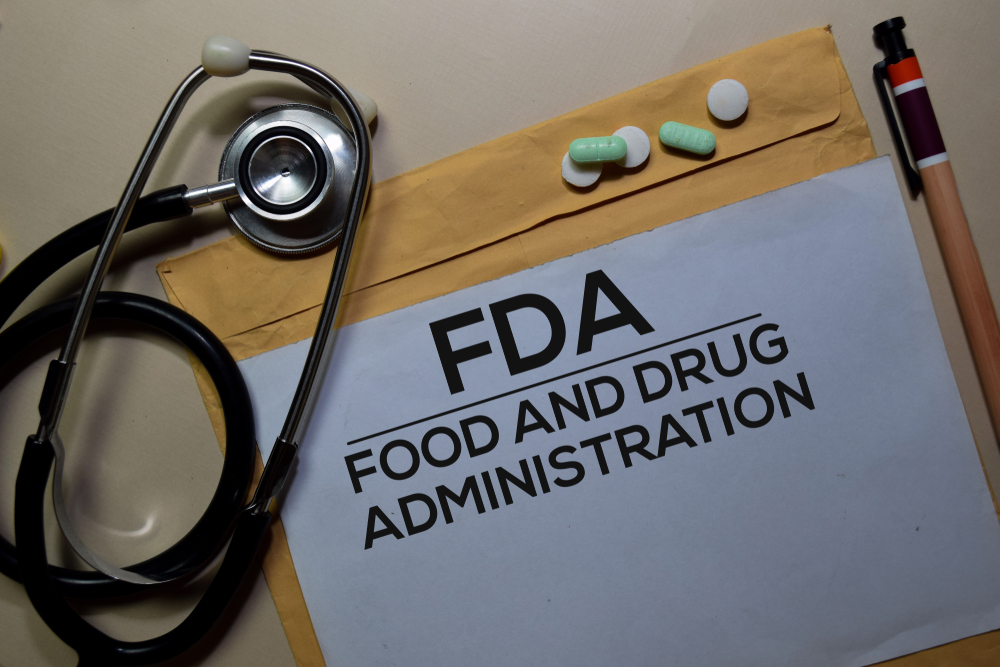
The U.S. Food and Drug Administration (FDA) is responsible for overseeing the safety of our food and water, but its regulatory approach hasn’t kept up with advances in modern science. Many chemicals and additives still permitted in the food supply were evaluated decades ago using outdated testing methods. Meanwhile, contemporary research continues to reveal health risks associated with substances once considered harmless. This means consumers may be eating ingredients that were approved under standards that no longer reflect current scientific understanding, potentially putting their health at risk. As detailed in a POLITICO investigation, the FDA has struggled to update critical safety standards and has sometimes failed to act swiftly even after major outbreaks and new evidence have emerged.
The agency’s slow pace of reform often leaves consumers in the dark about what’s truly safe. Instead of leading with proactive regulation, the FDA frequently defers to industry interests and maintains outdated rules, making it difficult for meaningful change to occur unless there is significant public pressure. Food safety advocates and industry insiders alike have voiced frustration at the agency’s lack of transparency and urgency, with some noting that the FDA’s food division is “out of sight, out of mind.” The result is a regulatory system that, as experts warn, no longer matches the gold standard it once represented, leaving Americans to navigate food safety risks with limited information and oversight.
2. Big Ag Has Major Influence
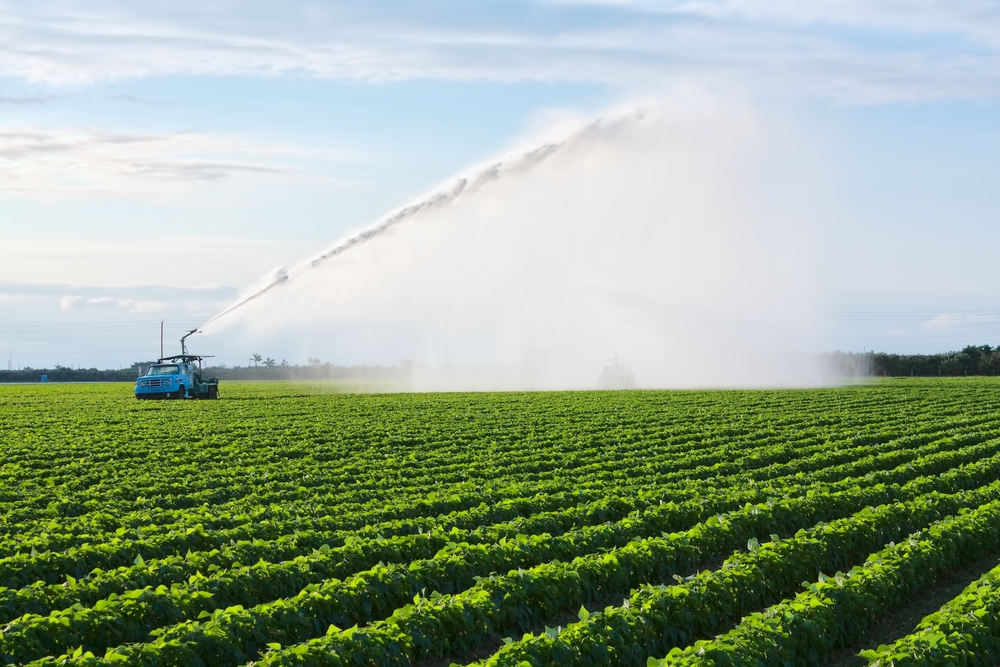
It’s no secret that the agricultural industry holds a lot of sway over U.S. regulations. Corporations with deep pockets can lobby to keep regulations in their favor, even if it means compromising public health. Take genetically modified organisms (GMOs), for example. Despite concerns about long-term effects, the FDA has been slow to regulate GMOs properly, largely due to powerful industry lobbying.
This corporate influence doesn’t stop at food. The water industry, too, has its hands in the regulatory cookie jar. Companies involved in bottled water or those selling to municipalities have successfully lobbied to weaken rules surrounding water purity. As a result, consumers don’t always get the clean, pure water they think they’re paying for.
3. Water Safety Standards Are A Mixed Bag
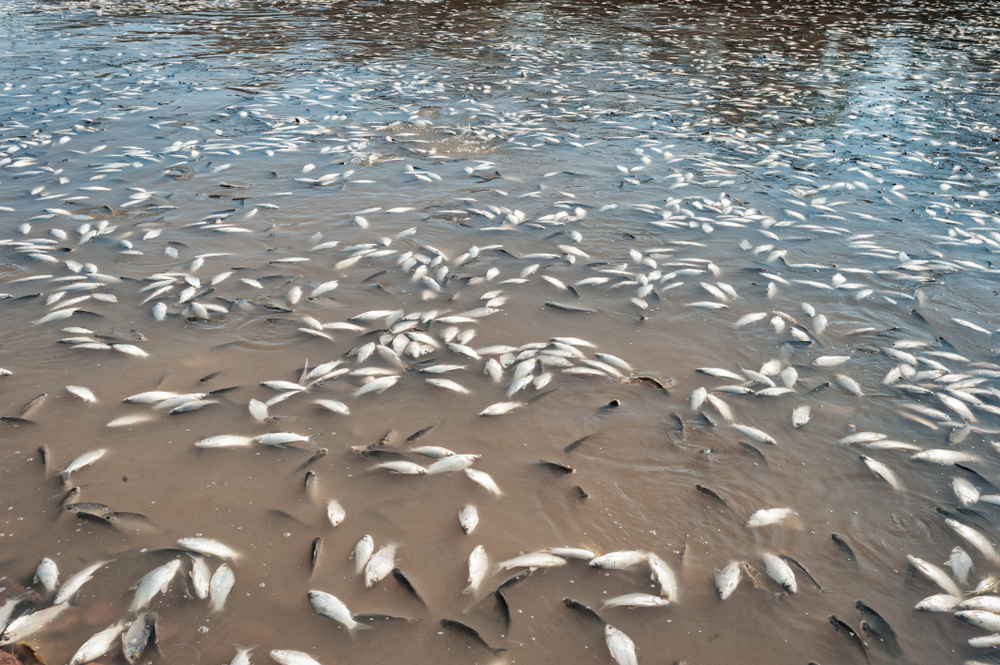
You might assume that drinking water in the U.S. is safe because of federal regulations, but the reality is far more complex. The Environmental Protection Agency (EPA) sets national standards for public water systems, yet the enforcement and specific limits can vary widely from state to state. Some states adopt stricter guidelines, while others leave much of the oversight to local authorities, creating a patchwork of regulations that means your water quality can depend heavily on where you live. Discrepancies in recommended safe levels for contaminants like PFAS are common, and millions of Americans may be exposed to unsafe levels as a result.
Even in regions with robust standards, loopholes and slow regulatory responses can leave residents at risk. Contaminants such as lead and PFAS (per- and polyfluoroalkyl substances) have been detected in water supplies across the country, sometimes at levels that pose serious health concerns. Regulations to address these chemicals often lag behind scientific findings, leaving communities vulnerable for years. Newsweek’s state-by-state analysis reveals that the number of health-related water violations varies dramatically, with some states reporting hundreds of violations per 100,000 people while others report only a handful.
4. Pesticide Residues Are In Your Food
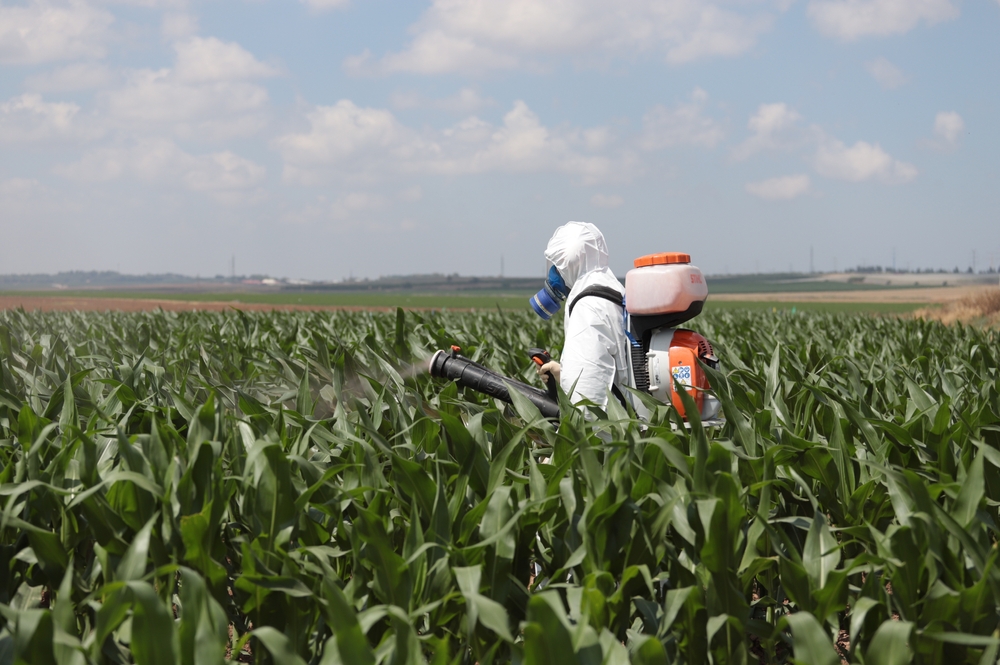
Pesticides are widely used in agriculture to protect crops, but the residues they leave behind on food are often overlooked. Regulatory agencies like the EPA set maximum residue limits—known as tolerances—for how much pesticide can legally remain on food, aiming to ensure safety for consumers. However, these limits are not a guarantee that food is completely free of pesticide residues. Testing typically occurs after harvest, and while most foods are well below legal thresholds by the time they reach stores, some residue can still be present.
Organic farming offers an alternative, but even organically grown foods are not always entirely free from pesticide contamination. Environmental factors and drift from nearby conventional farms can result in detectable residues on organic produce as well. Recent research by PMC highlights that, despite regulatory efforts, pesticide residues are detected in a significant portion of food samples worldwide, with some exceeding established safety limits, especially in imported goods. This ongoing risk means that even food labeled as “clean” may not be as pure as it appears.
5. The Truth About Factory-Farmed Meat

Factory farming dominates U.S. meat production, but the realities behind the industry are often hidden from public view. Despite the scale of the industry, regulations around animal welfare remain minimal, leaving many animals in cramped, unsanitary conditions that can foster disease and distress. As detailed by New Roots Institute, the Animal Welfare Act provides virtually no protection for farmed animals raised for food, with most federal laws exempting these animals from basic cruelty protections. This means that practices considered unacceptable for pets are routinely allowed in factory farms, all in the name of efficiency and profit.
Concerns extend beyond animal welfare to the safety of the meat itself. Antibiotics and hormones are commonly administered to promote growth and prevent illness in crowded facilities, and residues from these substances can end up in the meat that reaches consumers. While the FDA maintains that these additives are safe, the long-term effects remain uncertain, and the full scope of what is present in factory-farmed meat is not always transparent to the public. The lack of comprehensive regulation and oversight raises significant questions about both animal welfare and human health.
6. The Labeling System Is A Mystery

When you pick up a bottle of water or a box of cereal, you expect the label to tell you what’s inside. But U.S. food and water labels can be seriously misleading. Words like “natural,” “pure,” and “organic” are often used in ways that don’t accurately reflect the contents. Regulations governing labeling are often vague, leaving room for creative marketing that plays on consumer trust.
The reality is that many products that advertise themselves as “natural” or “organic” aren’t as clean as they seem. For instance, “natural flavors” can be made from synthetic chemicals, and “organic” can mean minimal oversight depending on the certifying body. As a result, labels are more about appealing to your desires than offering transparency. Without clear regulations, it’s often up to you to make educated guesses about what you’re buying.
7. Corporate Interests Shape Water Policy

Water policy in the United States is shaped by more than just environmental concerns—corporate interests play a significant role in how regulations are crafted and enforced. Large corporations, especially those in the bottled water industry, often advocate for policies that minimize restrictions on water extraction and distribution. This approach enables companies to profit from natural water sources with limited oversight, sometimes at the expense of local communities and ecosystems. As explored in an analysis from Syracuse University, the legal frameworks governing water extraction often favor corporate access, with state-level regulations providing varying degrees of protection for public resources. In many cases, these frameworks allow corporations to convert water from a public good into a private commodity, intensifying local environmental and economic impacts. Should water be commodified?
The trend toward treating water as a commodity rather than a universal right has led to the privatization of water services in some regions. This commercialized approach can result in higher costs and reduced access for communities that depend on public water systems. The same research highlights how corporate influence can lead to less accountability and greater burdens on lower-income areas, as companies prioritize profit over equitable access. While water should ideally be managed as a public good, the reality in the U.S. often reflects the interests of powerful corporate stakeholders.
8. You’re Drinking More Than Just Water

Ever wonder what’s in your tap water? Despite the regulations set by the EPA, drinking water can still contain a cocktail of chemicals, heavy metals, and pharmaceutical residues. From chlorine used in disinfection to industrial pollutants like benzene, your water might not be as pure as you assume. While some contaminants are within legal limits, their long-term health effects are still a matter of debate.
This is especially true for communities located near manufacturing plants or agricultural sites. Waste runoff and industrial discharge can contaminate local water supplies, sometimes leading to contamination levels that exceed EPA guidelines. As a consumer, the risk of exposure to harmful substances in water is higher than you might expect. Unfortunately, this is the hidden reality of modern water regulation in the U.S.
9. The Chemicals In Your Food Aren’t All Regulated

There’s a long list of chemicals that can legally find their way into your food, but not all of them are adequately regulated. For example, certain food colorings, preservatives, and flavor enhancers are allowed in U.S. products, even though their safety is still debated. Some chemicals, like BHA and BHT (used in cereals and snacks), have been flagged as potentially carcinogenic by international health organizations, yet remain in wide circulation.
What’s more alarming is the lack of transparency when it comes to long-term studies. The FDA often relies on studies funded by the food companies themselves, which raises questions about impartiality. The result is that consumers are regularly exposed to substances with questionable safety profiles, all while regulatory bodies drag their feet on establishing clearer safety standards.
10. Antibiotics In Our Food Chain
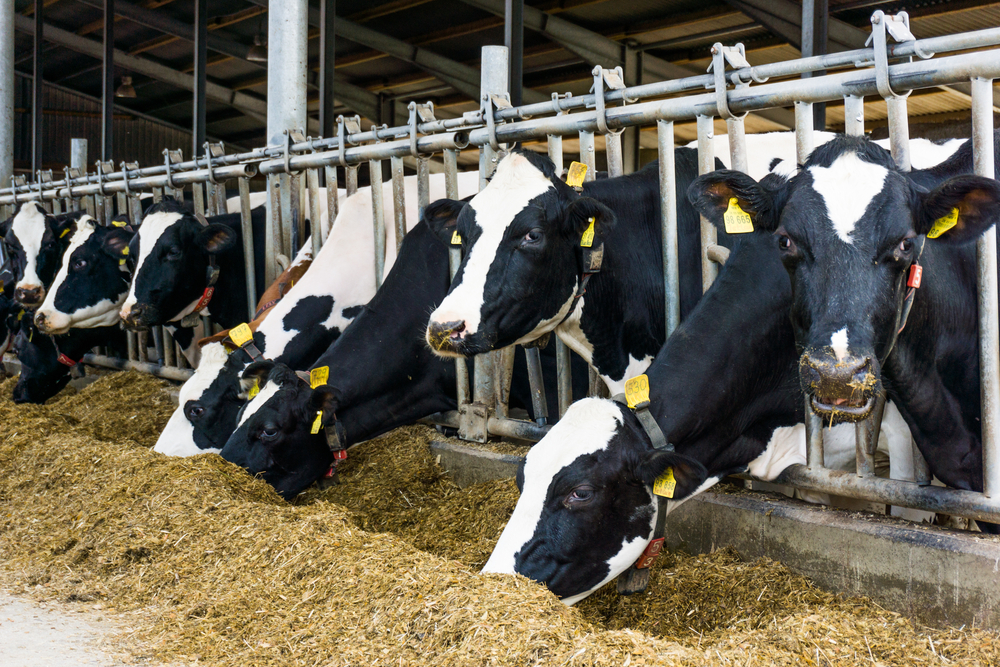
Antibiotic use in the U.S. food system is rampant, particularly in factory-farmed meat. While antibiotics are used to keep animals healthy in overcrowded conditions, this practice also leads to antibiotic-resistant bacteria that can affect human health. The FDA allows this, despite growing evidence linking overuse of antibiotics in animals to resistant infections in humans.
This unchecked use of antibiotics in food production puts us all at risk. As bacteria evolve to resist treatment, even minor infections could become life-threatening. Unfortunately, regulatory oversight has been slow to catch up with the dangers posed by this practice. As a result, the food chain remains a significant source of potential harm to human health.
11. GMOs Are Everywhere
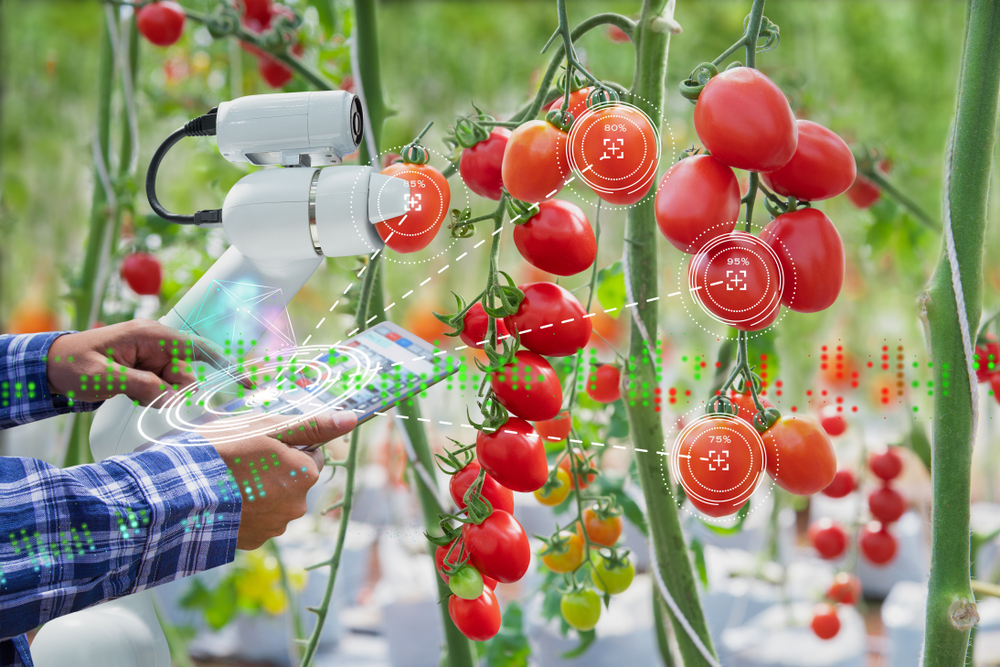
Genetically modified organisms (GMOs) are pervasive in the U.S. food supply, but you wouldn’t always know it. While GMO crops are widely grown and consumed, the FDA and USDA have not made labeling mandatory. This means that many of the foods you’re eating could contain genetically modified ingredients without you ever being told.
Despite the lack of labeling, studies have shown that GMO foods can have unintended consequences, including potential environmental harm. The long-term impact of GMOs on health is still under scrutiny, but regulatory agencies continue to approve their widespread use. As a consumer, you may have little choice but to unknowingly consume GMO-laden products unless you take extra steps to find organic alternatives.
12. The Push For Water Privatization
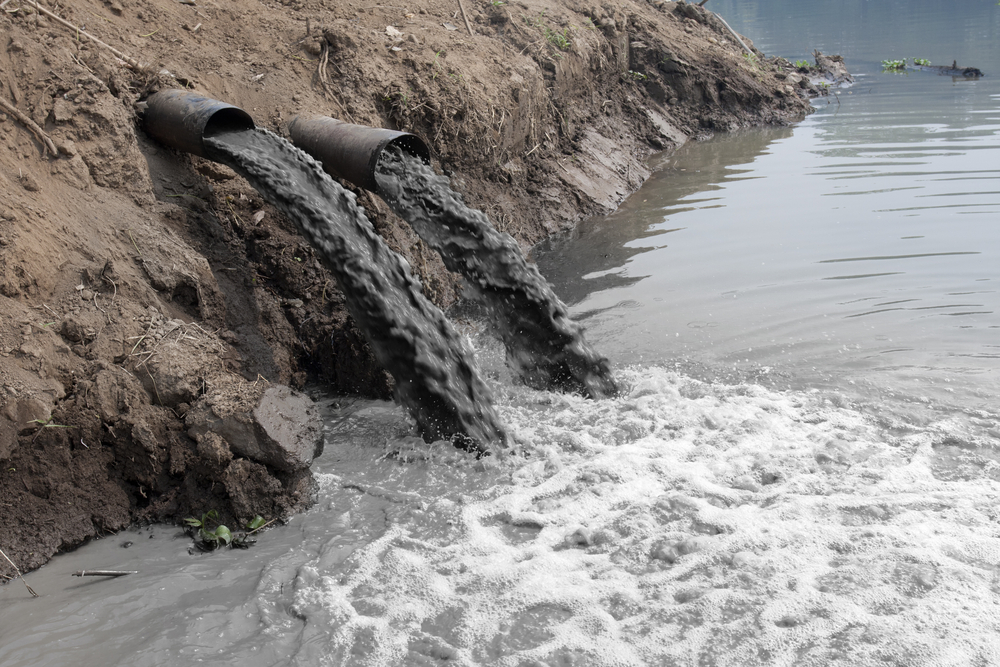
There’s a growing push for the privatization of water services in the U.S., with corporate entities increasingly taking control of public water systems. The idea is that privatizing water will improve efficiency and service, but the reality often looks very different. In many cases, privatized water services have led to higher rates and poorer quality, all in the name of profit.
Privatization also removes public control over one of life’s essential resources. As corporations take over, they prioritize profit margins over ensuring clean, affordable water for all. This trend raises serious concerns about the future of water as a public resource. The move toward privatization might be sold as a necessary step, but the consequences for communities could be severe.

Abisola is a communication specialist with a background in language studies and project management. She believes in the power of words to effectively connect with her audience and address their needs. With her strong foundation in both language and project management, she crafts messages that are not only clear and engaging but also aligned with strategic goals. Whether through content creation, storytelling, or communication planning, Abisola uses her expertise to ensure that her messages resonate and deliver lasting value to her audience.


